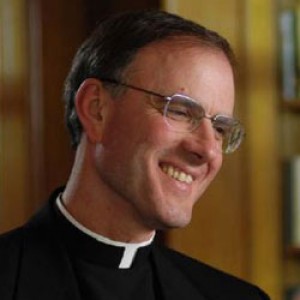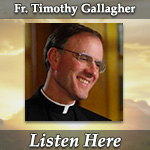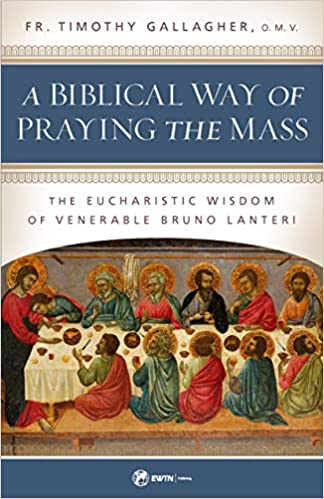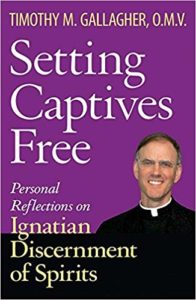Podcast: Play in new window | Download (Duration: 31:25 — 21.6MB) | Embed
Subscribe: Apple Podcasts | Spotify | Amazon Music | Android | Pandora | iHeartRadio | JioSaavn | Podchaser | Gaana | Podcast Index | Email | TuneIn | Deezer | Anghami | RSS | More
The Supreme Truth and other topics – St. Catherine of Siena with Fr. Thomas McDermott O.P.
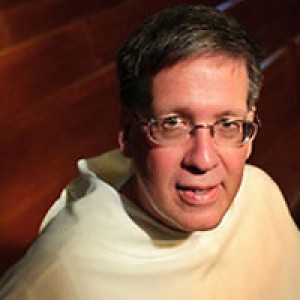
In this enlightening episode, Father Thomas McDermott O.P. delves into St. Catherine of Siena’s spiritual legacy, exploring her status as a Doctor of the Church and the profound depth of her teachings as presented in her principal work, The Dialogue, and her extensive letters. Father McDermott elucidates St. Catherine’s mystical experiences, particularly during her communion, where she received divine locutions that formed the basis of her writings.
The episode highlights the core themes of St. Catherine’s teachings, including the importance of truth and self-knowledge, the practical application of theology in everyday Christian life, and virtues like humility, obedience, and patience. A significant focus is also placed on the concept of divinization, a key aspect of her theology, which illustrates how humans are invited to share in God’s divinity through grace. This discussion sheds light on St. Catherine’s theological contributions. It underscores her timeless impact on Christian spirituality and ecclesiastical teachings, offering valuable insights into living a virtuous Christian life rooted in contemplative practice and practical action.
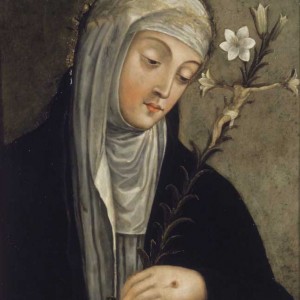
Discerning Hearts Reflection Questions:
- Self-Knowledge and Truth: St. Catherine emphasized the importance of self-knowledge and understanding the truth about God and ourselves. Reflect on your own journey of self-knowledge. How has your understanding of yourself influenced your relationship with God?
- Divine Communication: Father McDermott describes St. Catherine’s mystical experiences and her communion with God. How do you perceive divine communication in your own life? In what ways do you feel God communicates with you, and how do you respond?
- Practical Virtues: St. Catherine’s teachings highlight virtues like humility, obedience, and patience. Choose one of these virtues and reflect on its role in your life. Can you identify a recent situation where you successfully or unsuccessfully embodied this virtue?
- Role of Mystical Experiences: According to St. Catherine, mystical experiences should lead to an increase in virtuous living. Reflect on any personal experiences that you consider mystical or profoundly spiritual. How have these experiences impacted your daily actions and spiritual growth?
- Concept of Divinization: The idea of sharing in God’s divinity is a profound aspect of St. Catherine’s theology. Reflect on what divinization means to you. How does the concept that we are made to share in the divine life influence your understanding of your purpose and actions?
- The Impact of Sin and Grace: Discuss how St. Catherine views the effects of original sin and grace on human nature. How does recognizing your own sinfulness and God’s grace change the way you approach life and relationships?
- Teachings Applied to Contemporary Issues: St. Catherine was practical and addressed the needs of her time. How can her teachings be applied to contemporary issues in the Church or society today? Are there specific teachings that resonate with you in addressing current challenges?
- Contemplative Prayer: St. Catherine strongly advocated contemplative prayer as a means to truth and a deeper relationship with God. How does contemplative prayer fit into your spiritual practice? What steps can you take to deepen or incorporate contemplative prayer into your routine?
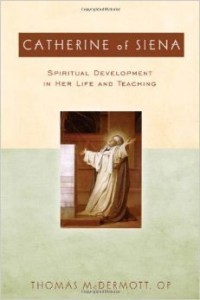
For the entire Discerning Hearts series “The Life and Teachings of St. Catherine of Siena” visit here
Fr. Thomas McDermott, OP is Regent of Studies for the Dominican Province of St. Albert the Great and is the author of “Catherine of Siena: Spiritual Development in Her Life and Teaching” (Paulist, 2008) and “Filled with all the Fullness of God: An Introduction to Catholic Spirituality”. He obtained a doctorate in spiritual theology from the Angelicum and taught for several years at Kenrick-Glennon Seminary in St. Louis. He crrently serves as pastor at St. Vincent Ferrer, in Chicago, IL.

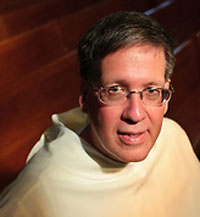
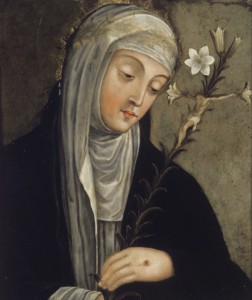
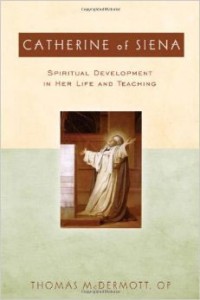
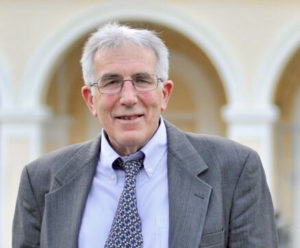
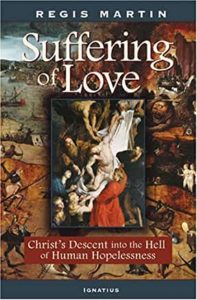
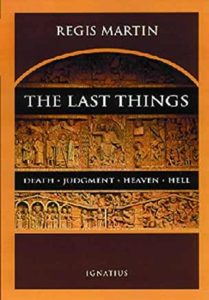
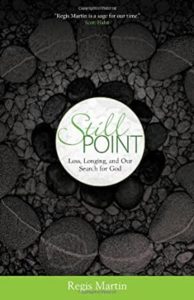
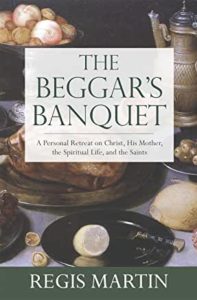
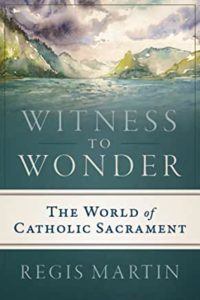
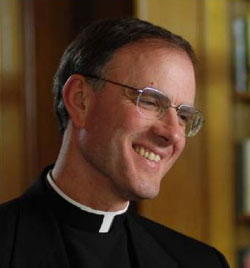 What to expect:
What to expect: